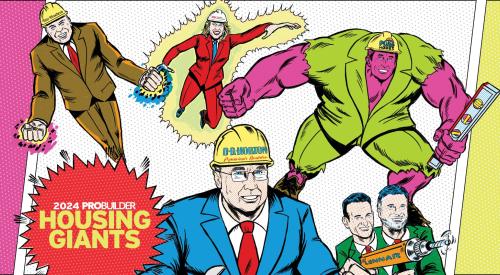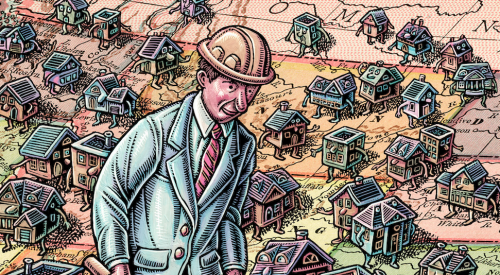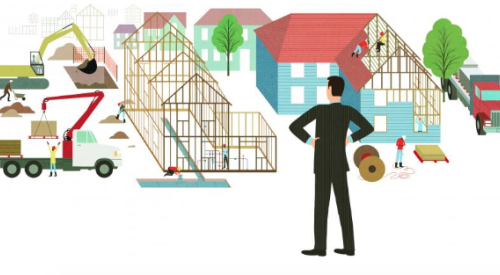Empires rise from the ashes of housing downturns. Some new ones are probably visible today among the movers and shakers jumping up the rankings in this Giant 400.
The last time housing markets slumped all at once, in the early 1990s, fewer people than today knew the name D.R. Horton. In 1993, Don Horton's fledgling Texas-based public company ranked No. 41 on our list, with $182.6 million in 1992 revenues. But it was already moving, up from No. 67 the year before. Horton capitalized on the availability of land at attractive prices to accelerate his pace of geographic expansion — eventually creating the Supernova we know today, with 53,410 closings for more than $14.5 billion in 2006 revenue.
 All sizes of builders seem to have operational efficiency on their minds, probably because of current challenges to profitability. |
Our survey asked Giants to pick from opportunities based on responses from past years. Unfortunately, we didn't see crashing markets in our crystal ball. Some 48 builders used the box we offered to enter “other opportunities,” and 16 of those wrote a variation of “opportunistic land acquisitions.” Three others chose to write in a particular variety of niche market they called “infill” or “urban,” which certainly depends on acquisition of an attractive site.
Great locations at bargain prices are obviously the most important opportunity that comes with every downturn. But to capitalize on that opportunity, you have to survive and be in position to acquire those sites when they are available at the right price.
 If you deal with profitability and find some sales, land will not be a problem. |
We did better with the list of possible challenges, but when we put “land issues” on, we envisioned the challenges of past years. We see land prices plummeting in many markets, as supply soars. Colorado-based consultant and PB columnist Chuck Shinn advises builders not to buy now.
Meet sales and profitability challenges and you'll be in position to take advantage of the land opportunities. Builders in the best position to do that are probably those who chose to concentrate on niche markets, especially infill and urban, two years ago.












